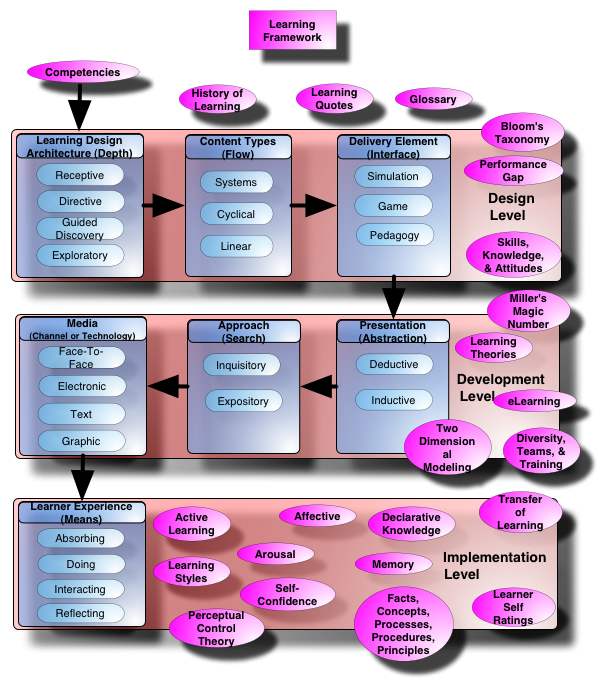This week in ICT for learning design the focus was on presentation tools such as glogster, prezi and powerpoint. The major focus this week however will be on Glogster. Once again a PMI chart will be utilised to analyse the positive consequences, negative effects, interesting implications or possible outcomes of Glogster use in educational settings.
Plus
- Audio, video and images can all be imported into Glogster with such content enhancing the learning experience by catering for different learning styles simultaneously
- Glog space can be used freely allowing content to be easily edited
- Content can be linked to other glogs or web pages on the Internet facilitating information sharing
- Enhances classroom networking, communication and collaborative work as a result of team work that occurs during publishing of digital poster projects
- Increases motivation and creates interest in performing interactive group work
- Allows students to construct relevant connections among various resources
- Working on a project using glogster allows students to develop responsibility for their own work
- Supports the development of digital, media, visual and information skills
- Reduces material costs as time consuming and expensive printing in large formats is not required
- Students find glogster exciting to use and allows ideas to be expressed in different ways
- Enhances the stimulation of creativity and use of creative skills
- Students find developing content with the application is not difficult
- Develops interactive attitudes, personal reflection, critical thinking, imagination and creativity
- Does not guarantee a significant increase in school results
- Glogster can be difficult to work with in a class setting due to infrastructure constraints such as slow internet speed or computer crashes causing the possibility of non-saved work being lost
- Time management to complete projects can be challenging as adapting to the technology can be difficult especially among diverse groups of learners
- Consistent learning accross groups can be compromised if proper direction is not given to learners and students are not given responsibility to carry such directions out
- Pedagogical difficulties with students producing proper english in self-directed learning environments if teacher does not scaffold the learning environment adequately
- Using glogster can support constructivist learning approaches in language classrooms as it requires students to work collaboratively and communicatively which develops real life experiences for students
- Students creating and publishing poster projects utilising glogster allows teachers to determine student skill level and resulting outcomes can establish baselines in student performance
- Multimedia tools such as glogster do allow opportunities to ensure learning environments are effective and meaningful but, using glogster or other multimedia devices on their own will not assure good learning environments are provided to learners
- Using glogster assists in fulfilling universal design for learning (UDL) principles
- Glogster assists in providing differentiated instructional learning activities
- Creativity pedagogy begins from stimulating and educating creativity which is dependant on social relationships that engage students in a multitude of influences exercised upon them. Glogging assists the teacher to create creative pedagogy
- Glogster assists in meeting curriculum outcomes for learners by allowing students to demonstrate their understanding of curriculum objectives
- Glogster assists in providing inclusive learning environments
- Glogster builds more accurate and effective mental models than what can be achieved from using text alone
- Glogster is effective to use with both young and old learners
Kent (n.d) identified a number of uses for glogster in educational environments:
- Allowing language students to develop digital posters on topics relevant to themselves, celebrities , towns or topics based on curriculum content
- Using the publishing tool to allow students to display their writing skills through typing and speaking skills through mp3 recordings
- Allowing students to participate in video projects to display their creativity and incorporate their visual and auditory learning styles
- Label and displaying elements of fairytales by young learners
- Practicing persuasive writing skills and fostering creativity in advertising design among older students
- Biography development
- Developing travel posters
- Developing topic based electronic posters
This information confirms glogster use in combination with teacher scaffolded content will ensure students meet specific essential learning outcomes for technology as identified by the QSA curriculum assessment and reporting framework.
The Department of Training Education and Employment Queensland (2012) student expectations from prep to year 2, identifies how an ICT tool such as a Glogster can be used to support students in achieving essential learning outcomes by providing students with the required knowledge, understandings, ways of working and skills. To achieve the essential learning of ethics, issues and ICT at the end of year 3 glogsters can be used to creat a class poster following student interaction
with material at cybersmart. This activity would require the teacher to provide explicit teaching approaches
REFERENCES
Maria, D., Luminita, D., & Cristina, M. (2012). The stimulation of students’ creativity by using multimedia platforms. International Journal Of Computer Science Research And Application, (01), 95. Retrieved from http://www.doaj.org/doaj?func=openurl&genre=article&issn=20129564&date=2012&volume=02&issue=01&spage=95
Kent,
D.B. (n.d). Exploring the perspectives and potential of incorporating glogster
in the university EFL curriculum. Arab World English Journal, 130-170.
Retrieved from http://www.awej.org/?article=21
CAST.
(2012). About UDL. Retrieved from http://www.cast.org/udl/
Allan, S. (n.d). Differentiated instruction,
curriculum assessment. Retrieved from http://www.differentiatedinstruction.net/
Queensland Studies Authority (QSA). (2013). Technology. Retrieved from http://www.qsa.qld.edu.au/7299.html
Australian Communications and Media Authority (ACMA). (2013). Cyber(smart:). Retrieved from http://www.cybersmart.gov.au/
Department of Training Education and Employment (DETE). (2012). Smart Classrooms: Prep to year 2. Retrieved from http://education.qld.gov.au/smartclassrooms/enabling-learners/ict-expectations/prep-year2/index.html
Saskatoon Public Schools. (2013). Instructional strategies online. Retrieved from http://olc.spsd.sk.ca/de/pd/instr/strats/explicitteaching/


















